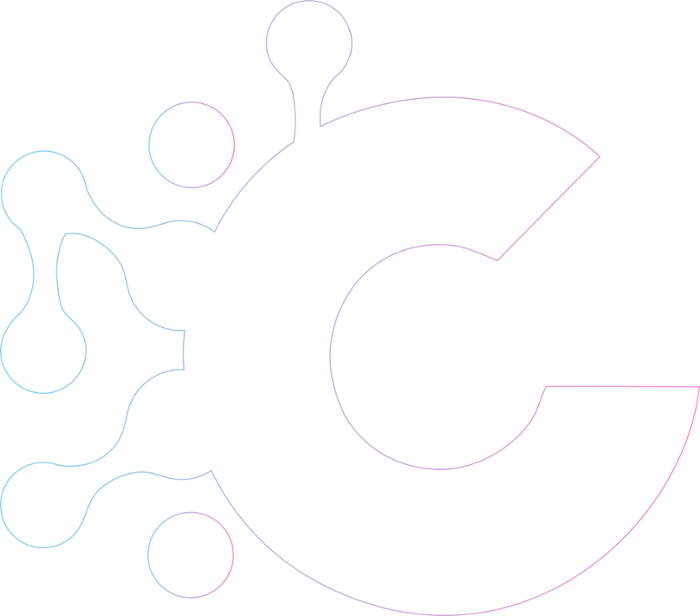How a Leading UK Insurance Provider adopted a cloud-first approach to achieve a well-architected EKS implementation

Embarking on the first steps toward a revolutionary change
Revolutionising a legacy system into a modern, digital-first customer experience.
When the UK Insurer first consulted Codification, they wanted help setting up adopting cloud native technologies, integrating Continuous Integration and Continuous Delivery (CI/CD) pipelines, automating the infrastructure, and implementing site reliability engineering to reduce reliance on their legacy system, so they could better serve their customers and stay ahead of the digital economy.
They felt the need to come up with a future-proofed solution for their platform that would help them transform their system to be more agile, flexible, and resilient.
However, the existing system was centred on a legacy Oracle-based backend and an AWS Elastic Beanstalk frontend layer.
The insurer sought to re-platform a well-architected EKS implementation that would significantly improve the reliability and performance of the existing system to realise the greater benefits of microservice architectures on a distributed system.
To modernise, they had to adopt cloud native applications, streamline code development (CI/CD), and integrate site reliability engineering. This added a lot of value to ensure redundancy, fault tolerance, and uninterrupted customer experience; making it easier to manage and secure the IT infrastructure, reducing costs by standardising infrastructure and tools; and building scalable systems reliable, and more efficient.


A call for transformation
A shift in technology, IT infrastructure, and governance to create endless opportunities.
The current state of the system was challenging to manage due to complex configuration management, a limited console, and restrictions in the platform design. Due to instance sprawl and the time required to spin up instances, performance was unsatisfactory. The cost is considered to be excessive due to the number of load balancers needed by the existing implementation.
The goal was to provide a technological solution and recommendations that were deemed necessary to solve the problem efficiently. The target platform that needs to be developed must be future-proofed and the associated CI/CD and SRE capacity must be perfectly aligned for the insurer to be able to solve these limitations. In order to provide a complete end-to-end picture, Observability (which includes monitoring, logging, and metrics) is thought to be a significant area that can be improved.
Where the tech contributes to the transformational change
How we analysed and approached the business needs and recommended a strategic solution.
We first focused on containerisation and the use of microservices architecture. Over time, this has grown into a full-fledged platform for changing how businesses work.
Codification then initiated a capability assessment to generate a scorecard for each area of concern and then made recommendations for where appropriate improvements could be considered and implemented for the new platform.
In general, we felt the insurer had a well-thought-out design and intended to follow the best practices of CI/CD, SRE, and DevSecOps for the use cases outlined for the new platform. For runtime and image lifecycle security, we delivered a proof-of-concept (POC) that demonstrated the effectiveness of a strong approach, and the monitoring strategy was carefully thought out.
Nevertheless, in all of the areas we looked at, some modest improvements could still be thought of. However, we have identified solutions that would provide a considerable increase in capabilities in infrastructure automation, deployments, and site reliability engineering, including recovering quickly from failure while minimising the risk.
The assessment was conducted in three categories: implementation of microservices on EKS, including CI/CD pipelines, Observability, and Security and Governance.

Achieving better results

Streamlined the customer journey to improve the policyholder experience.

Reduced cost and lowered expenses by standardising infrastructure and tools.

Increased scalability and reliability in the system via digital platforms.

Managed and secured the IT infrastructure.

Minimised risks and reduced fraud by monitoring the policyholders' activities.


